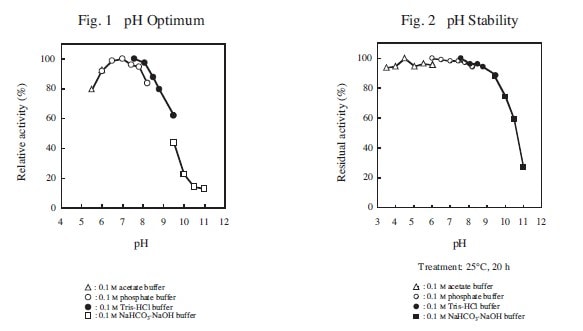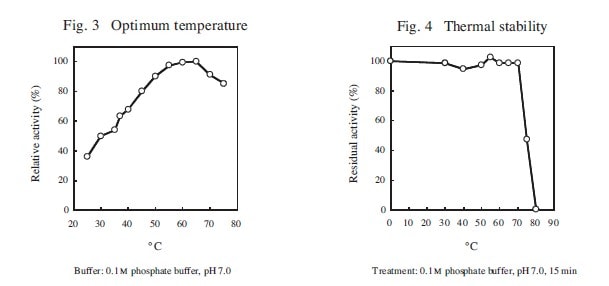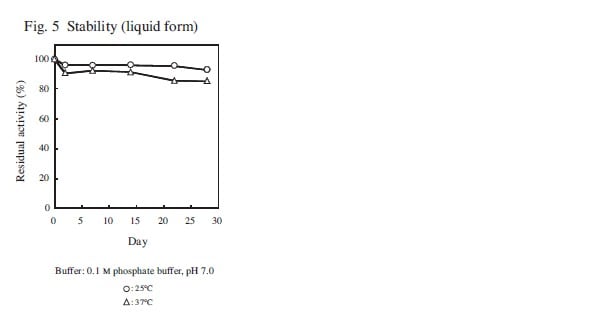
CD : 60271
The enzyme is useful for the determination of cholesterol in clinical analysis.
| Origin | recombinant E. coli |
|---|---|
| Systematic name | Cholesterol : oxygen oxidoreductase |
| EC Number | 1.1.3 |
| Reaction formula | Cholesterol + 2O2 →→→ 6β-hydroperoxycholest-4-en-3-on + H2O2 |




